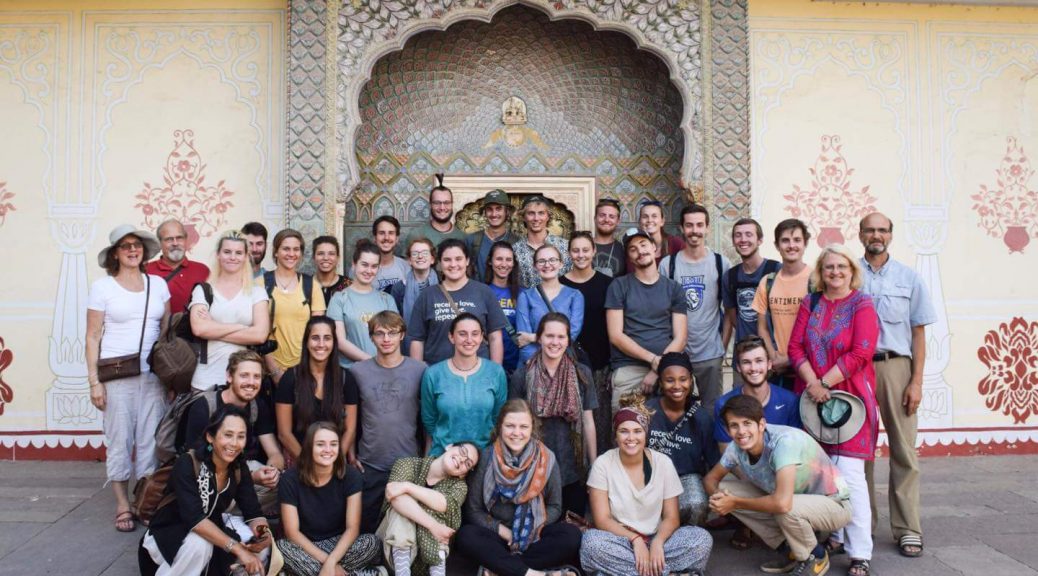India: Rajasthan to Mussoorie
Dawn in Mandawa
Location: Roof of a Haveli in Mandawa, Rajasthan, India. 6:15 am.
The sound of music drifts through the brisk March air towards me from some unknown source. The city seems still and sleepy. Occasionally, I catch the moo of a cow and the chirp of a bird. Audible all around me is the sound of … Continue Reading ››










